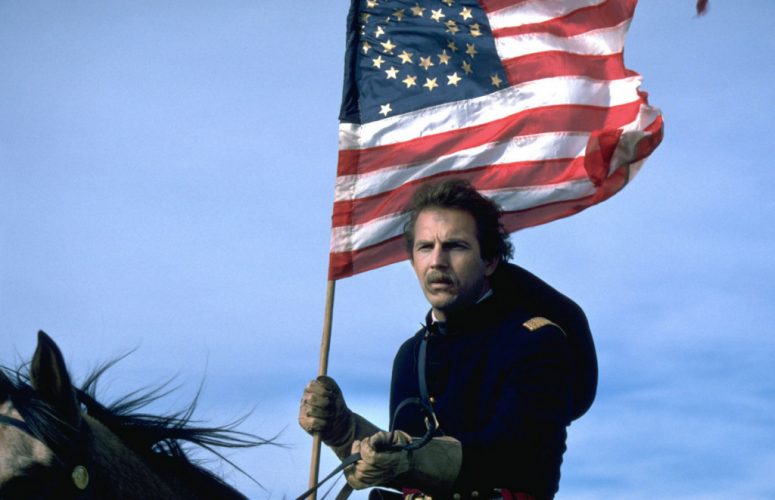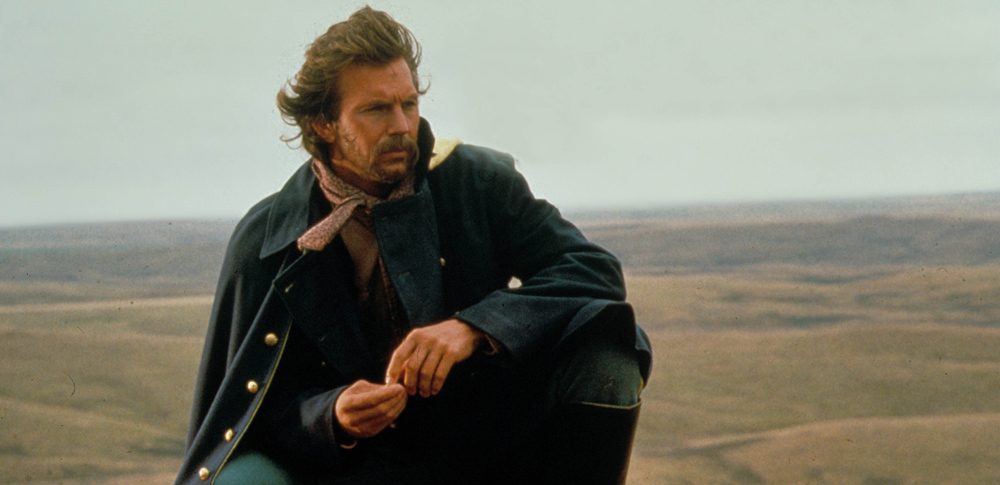‘Dances With Wolves’ is an epic western that is considered one of the finest films in the genre. Kevin Costner directed the film and also portrays the character of John J. Dunbar, a Civil War veteran. Dunbar is posted at the western frontier in Fort Sedgwick. The fort is a deserted place and is under the threat of attack from native tribes. Despite the situation, Dunbar decides to stay there. He encounters members of the Sioux tribe and slowly develops an unlikely bond with them through his patience and considerate approach.
The film is beautifully crafted and depicts one of the most enduring tales of Native Indian tribes ever captured on the silver screen. Naturally, it comes as no surprise that ‘Dances With Wolves’ proved to be a massive success. The story is ensconced within communities that are an integral part of the American diaspora. So, without further ado, let us have a look at the veracity of the narrative and also its historical significance.
Is Dances With Wolves Based on a True Story?
No, ‘Dances With Wolves’ is not based on a true story. However, the community life of the Native Indians depicted in it has a lot of similarities with real-life. In fact, the film is an adaptation of Michael Blake’s eponymous novel, which contains many fictional aspects of Dunbar and his exploits. Blake also wrote the screenplay as Costner wanted it to be a true projection of the writer’s thoughts. The project was envisaged as a script, but Costner persuaded Blake to write a novel — an approach that would eventually generate more interest among production houses as compared to a cold script due to an existing literary fan base.

John Dunbar is a fictional character created by Michael Blake. However, a real-life Dunbar is known to have existed who was actually a Christian missionary. He tried to convert the Pawnee Indians of Nebraska during the early nineteenth century. Nonetheless, the film has no explicit connections with Dunbar’s exploits as it portrays the lead character as a military officer. On the other hand, Major Fambrough is based on a real-life officer who actually committed suicide in the wake of the Civil War’s disturbing impact.
Stands With A Fist, the captive woman who marries Dunbar, is depicted as a bridge of communication between Dunbar and the Sioux tribe. Her life is based upon Cynthia Ann Parker, a Caucasian female captured by the Comanche tribe when she was ten years old. She grew up with the name Naduah (meaning “someone found”) and lived with the tribe for 24 years. Her son, Quanah Parker, became a Comanche spiritual leader.
Despite the similarities with real-life people, ‘Dances With Wolves’ deviates from the source novel in some portions. For example, in the book, Dunbar lives with the Comanche rather than the Lakota Sioux as depicted in the film. The change was initiated since the Comanche tribe in Oklahoma didn’t have sufficient human resources to fit the requirements of the epic narrative.
In contrast, South Dakota had a thriving talent pool of Sioux Indians who could speak the Lakota language, which is used substantially in the film. Also, Dunbar’s character, in the movie, leaves the tribe to avoid the predicament of a Caucasian male going fully native whereas, in the book, Dunbar and his wife remain with the native Indians.
‘Dances With Wolves’ was praised for its authentic depiction of the Sioux Tribe. The sympathetic approach towards their representation was received well by the audience. However, there was some criticism regarding Dunbar’s characterization as a “white savior” of the Sioux tribe — an idea that subsided as viewers were enticed by the vivid details of the tribe’s lifestyle. The makers even hired a coach to familiarize the cast members with the Lakota language.
In the film’s treatment of the Native Indians, there are certain similarities with ‘Run of the Arrow,’ which depicts the life of a Confederate officer who joins the Sioux tribe. Nonetheless, ‘Dances With Wolves’ helped usher a new era of favorable narrativization of native tribes as exemplified by films like ‘The Last of the Mohicans,’ ‘Geronimo: An American Legend,’ and the animated feature, ‘Pocahontas.’ Even though Costner’s film is not based on a true story, it paints a flourishing picture of the real lives of native people.
Read More: Where Was Dances with Wolves Filmed?


You must be logged in to post a comment.